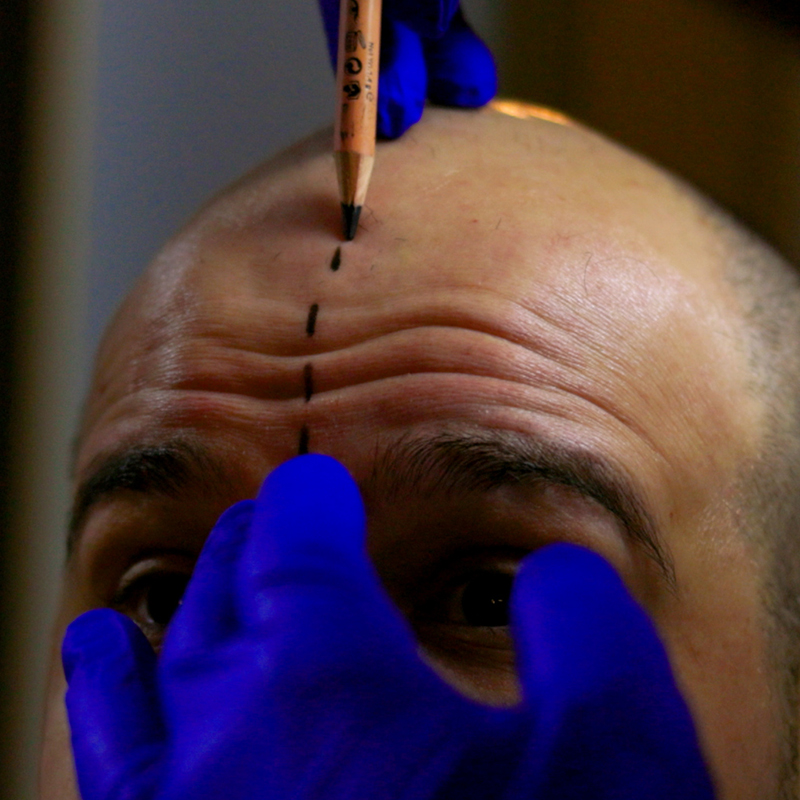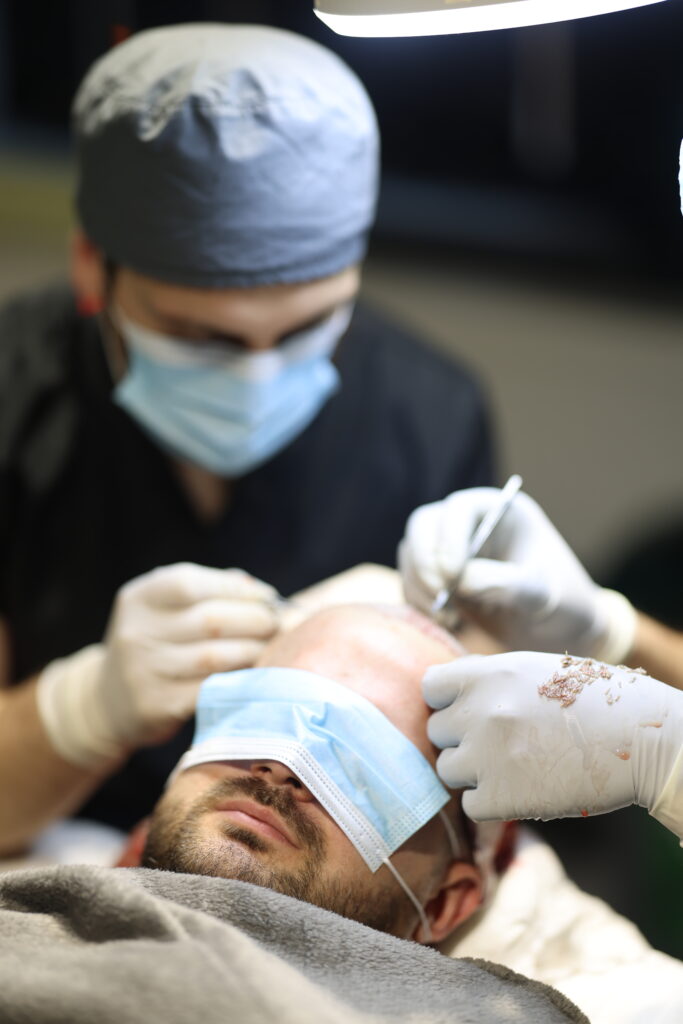Hair Transplantation:
A Comprehensive Guide to Restoring Your Hair
Hair transplantation has become one of the most popular and effective solutions for individuals experiencing hair loss or thinning. This is a permanent procedure that involves relocating hair follicles from a donor area (usually the back or sides of the scalp) to the areas affected by hair loss. With advanced techniques like Follicular Unit Extraction (FUE) and Direct Hair Implantation (DHI), hair transplants offer natural results with minimal recovery time. This article will explore how hair transplantation works, its benefits, and what to expect from the procedure.
How Does Hair Transplantation Work?
Hair transplants work by taking hair follicles from a donor area, typically the back of the scalp, where hair is more resistant to thinning, and transplanting them to areas of balding or thinning. There are two main methods used in hair transplants:
- FUE (Follicular Unit Extraction): In this method, hair follicles are extracted one by one from the donor area using small incisions and then transplanted into the recipient area. This technique leaves minimal scarring and is ideal for those seeking a less invasive option.
- DHI (Direct Hair Implantation): This technique uses a special device (DHI pen) that allows for the implantation of hair follicles one by one, increasing accuracy and minimizing damage to surrounding tissues.
Benefits of Hair Transplantation
- Natural Results: With advancements in technology and techniques, hair transplants provide natural-looking results.
- Permanent Solution: Unlike temporary treatments for hair loss, such as medications or wigs, a hair transplant is a permanent solution. Once the transplanted hair grows, it continues to grow naturally for the rest of your life.
- Minimal Invasion: Modern hair transplant techniques, especially FUE, are minimally invasive and offer quick recovery times with little to no visible scarring.
- Increased Confidence: Restoring your hair can significantly improve self-esteem and overall appearance, helping you feel more confident in social and professional situations.
Who is a Good Candidate for Hair Transplantation?
Hair transplants are suitable for individuals with moderate to severe hair loss, including those with male or female pattern baldness. Ideal candidates have healthy hair in the donor area and a stable pattern of hair loss. A consultation with a hair transplant specialist is essential to determine if you are a good candidate for the procedure.
The Hair Transplant Procedure
A typical hair transplant session lasts several hours, depending on the size of the treatment area and the method used. The procedure is performed under local anesthesia, ensuring the patient remains comfortable throughout the process. The process includes:
- Local Anesthesia: The procedure is conducted under local anesthesia for comfort.
- Extraction of Follicles: Depending on the method, the follicles are taken from the donor area.
- Transplantation: The extracted follicles are transplanted into the damaged areas.
After the procedure, patients may experience slight swelling or redness, but these symptoms typically subside within a few days.
Recovery and Results
After transplantation, it’s normal for the transplanted hair to fall out within the first few weeks—this is part of the natural growth cycle. New hair growth typically begins within 3 to 4 months, with full results visible after 9 to 12 months. The transplanted hair will continue to grow naturally, requiring no special maintenance aside from regular hair care.
Risks and Side Effects
While hair transplantation is generally safe, some side effects may occur:
- Irritation and Redness: Patients may experience temporary redness after the procedure.
- Infection: As with any surgical procedure, there is a risk of infection.
- Changes in Pigmentation: Some individuals may experience temporary or permanent changes in skin pigmentation.
Conclusion
Hair transplantation is an effective and permanent solution for those experiencing hair loss. With natural results and increased self-confidence, this process can be an important step in restoring your appearance. Before making a decision, it is essential to consult with a qualified specialist to discuss your options and better understand the procedure.











